If your hardwood floors look worn or scratched, you might wonder how to bring back their shine. Do you need to resurface or refinish them? This decision can make a big difference in both the appearance and the cost.
One important fact to know is that while refinishing involves sanding down the floor’s top layer and applying new stain and sealant, resurfacing may deal with deeper issues, aiming at both the wood’s look and its structure.
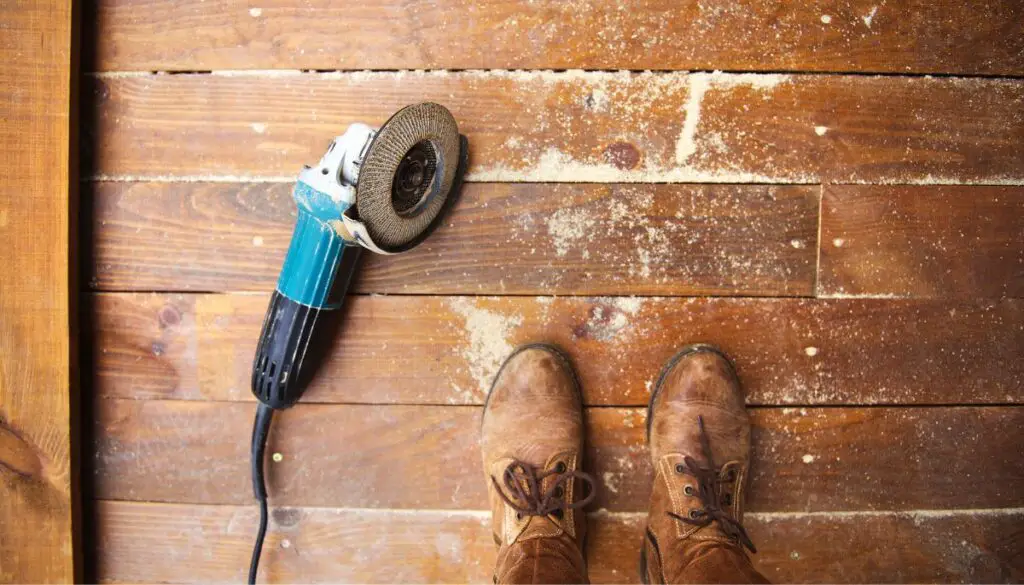
This article will break down the differences between hardwood floor resurfacing and refinishing. You’ll learn which option suits your floor’s condition, budget, and desired outcome.
We aim to guide you through making an informed choice that will restore your floors’ beauty efficiently. Ready for a fresh start with your flooring?
Understanding the Difference Between Resurfacing and Refinishing
Resurfacing maintains the top layer of the floor, while refinishing involves sanding down and replacing the entire top layer. These processes are distinct in their approach to restoring hardwood floors.
Floor Resurfacing: maintaining the top layer of the floor
Floor resurfacing takes a closer look at maintaining the top layer of your hardwood floors. This process involves sanding down only the top portion to eliminate minor blemishes, signs of wear, and shallow scratches.
By keeping the majority of the wood intact, it revitalizes the floor’s appearance without removing large amounts of material. After sanding, a fresh coat of finish is applied, enhancing the natural beauty and protective surface.
“Resurfacing breathes new life into aged hardwood floors by smoothing out imperfections and reinforcing their structural integrity without a full replacement.”
Floor Refinishing: sanding down and replacing the entire top layer
Refinishing hardwood floors is a detailed process that transforms the entire look of your room by sanding down the floor to remove old stain, lacquer, and imperfections. This first step involves using a high-powered sander to strip away the top layer of wood, revealing raw wood beneath.
After sanding, experts apply a new stain and sealant, giving your floors a fresh look and protective finish. This method is ideal for floors with deep scratches, water damage, or extensive wear.
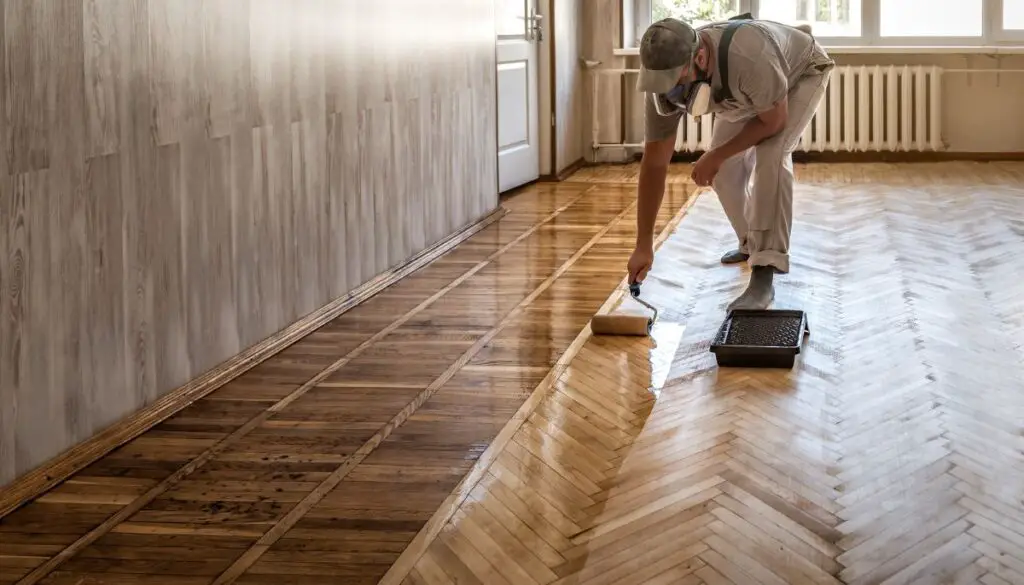
Choosing hardwood floor refinishing can significantly increase the longevity and beauty of solid hardwood floors. It’s not just about fixing surface level issues; refinishing addresses deeper problems by removing the damaged layer entirely before applying a new finish.
The result? Floors that not only look brand new but are also better protected against future damage. Refinishing is considered time-consuming but it’s worth it for older homes or any space where preserving original beauty matters most.
Factors to Consider When Choosing Between Resurfacing and Refinishing
Consider the existing condition of your floors, your budget, and time constraints. Additionally, think about the longevity of the results and how they align with your specific needs.
1. Condition of existing flooring
The condition of your hardwood floors plays a crucial role in deciding whether resurfacing or refinishing is the better choice. If your floor has extensive damage, deep gouges, or structural issues, resurfacing might be necessary to restore both its appearance and integrity.
This process can address underlying problems that simple refinishing would not fix.
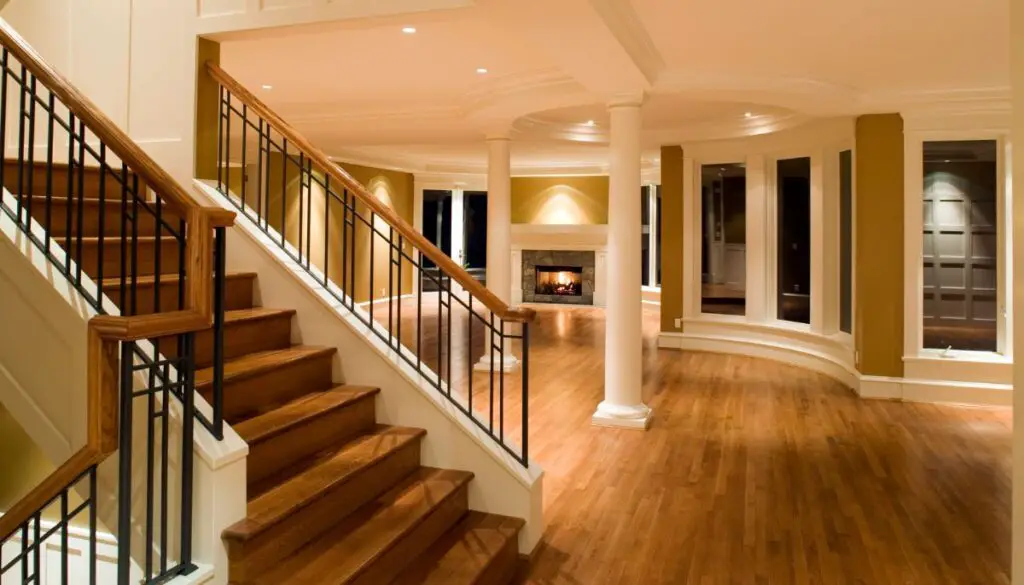
Refinishing becomes a great option when the existing wood floor shows minor wear and tear but still maintains good structural condition. This choice involves sanding down the old finish and applying a new one, making it ideal for floors with surface scratches or an outdated finish.
Choosing between these options greatly depends on how much damage there is and whether there are safety hazards like uneven boards.
“Assessing the current state of your floors is pivotal in determining the most cost-effective way forward.”
2. Budget
When considering hardwood floor maintenance, budget is a significant factor. The cost of resurfacing is often more affordable than refinishing or a complete replacement, making it an attractive option for those looking to update their flooring without breaking the bank.
Typically, the cost to refinish hardwood floors ranges between $1000 and $2500, while replacing hardwood floors involves even higher expenses due to purchasing new materials and labor costs.
3. Time constraints
When it comes to hardwood floor resurfacing and refinishing, time constraints can play a crucial role in your decision-making process. It’s important to note that refinishing the floors is more time-consuming than resurfacing due to the labor-intensive nature of sanding down deeper layers.
Additionally, the average cost for refinishing is higher compared to resurfacing. Therefore, if you have limited time and need a quicker solution for your worn-out floors, resurfacing might be the better option for you.
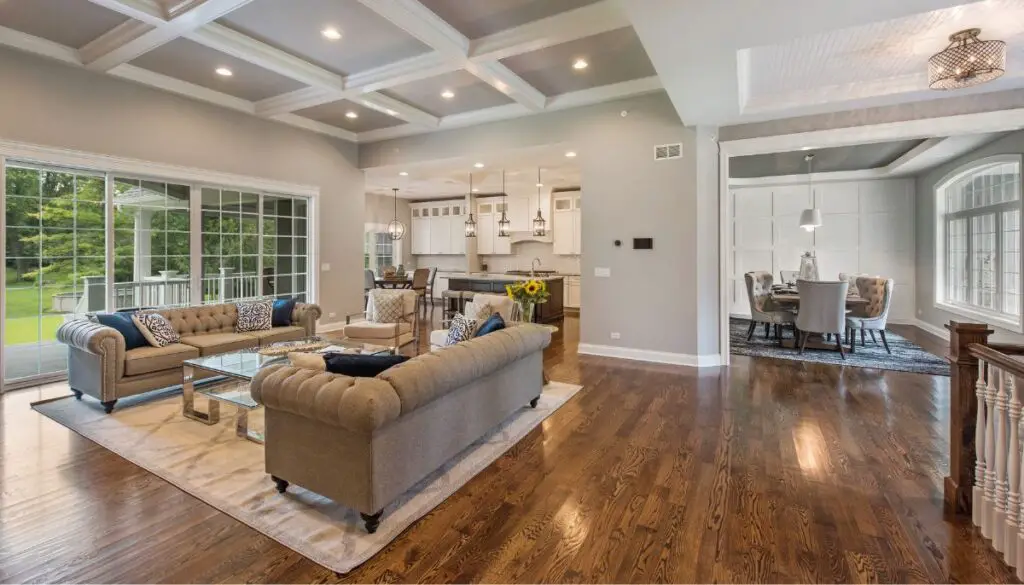
In terms of process, floor resurfacing involves every step of refinishing but with additional steps, making it more comprehensive and potentially taking longer as well. Considering these factors will help you make an informed decision based on your specific time constraints while also aiming for a long-lasting result.
4. Longevity of the results
Hardwood floor resurfacing and refinishing can both offer long-lasting results, with proper care and maintenance. Properly maintained wood floors can last 20-30 years before needing to be refinished, making it essential to consider the potential longevity of the results when choosing between resurfacing and refinishing hardwood floors.
With the right care, both options have the potential to provide durable and attractive flooring for decades, allowing homeowners to enjoy their newly refreshed or restored floors for years to come.
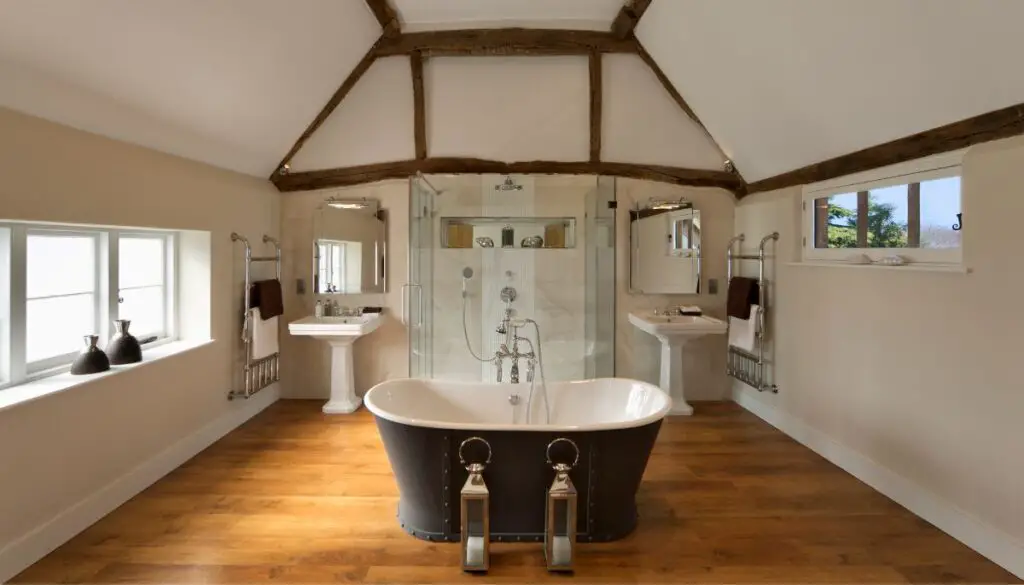
The decision between resurfacing and refinishing should take into account this significant factor of longevity. Homeowners investing in these processes can expect their revitalized hardwood floors to maintain a beautiful appearance and structural integrity for an extended period with regular upkeep.
Deciding Between Resurfacing or Refinishing Based on Floor Type
Choosing between resurfacing or refinishing will sometimes be based on your floor type. Restoring various types of hardwood floors requires understanding the specific needs of each type, such as solid hardwood or engineered wood. Different species like oak, maple, or cherry also vary in how they respond to resurfacing and refinishing processes.
The choice between resurfacing and refinishing should consider these factors to ensure that the selected method is tailored to the unique characteristics of the hardwood for optimal results. When restoring different types of hardwood floors, it’s also essential to assess their condition as each type may require a specific technique based on its wear, layer thickness, existing finish, and overall structural integrity.
Proper maintenance to prolong the life of your floors
To ensure the longevity of your floors, regular maintenance is crucial. Incorporating simple habits like sweeping or vacuuming to remove dirt and debris can significantly extend the life of your floors. Additionally, considering recoating as part of regular maintenance can help prolong intervals between refinishing your floors.
Floor screening, also known as buffing, involves gently roughening the surface of the floor in order to create a suitable foundation for applying a new coat of finish. This method is considerably less forceful compared to a complete floor refinishing process.
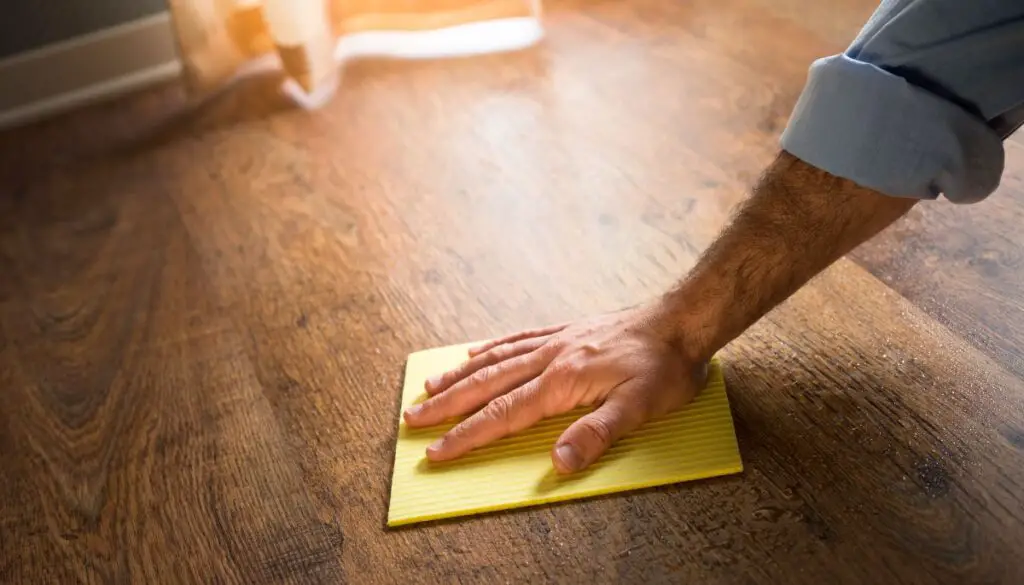
It is an ideal technique to revive worn-out and dull surfaces as part of floor maintenance. Regular upkeep and attention will not only preserve the appearance but also contribute to the durability of your flooring, ensuring that it remains an appealing aspect of your home for years to come.
You may also be interested in Floor Sealer vs Wax; Which Is Better for Your Floors
DIY vs Hiring a Professional for Hardwood Floor Resurfacing or Refinishing
When it comes to DIY vs hiring a professional for hardwood floor resurfacing or refinishing, consider your skill level and the scope of the project before embarking. Understanding the complexities can help you make an informed decision.
When DIY might be suitable
Whether to opt for professional assistance or proceed with a DIY approach depends on various elements such as personal comfort level handling tools and equipment, availability of time, financial considerations, and expected results.
DIY can be a cost-effective option, particularly for those with budget constraints. Additionally, if you have the time available to commit to completing the project and if your vision aligns with what can be achieved through DIY methods, then it’s worth considering taking on the task yourself.
When hiring a professional is recommended
The choice between DIY and professional hardwood floor refinishing depends on factors such as comfort level, time availability, financial considerations, and desired outcome. Hiring a professional for hardwood floor refinishing offers unparalleled expertise and ensures a high-quality finish.
Professionals have the necessary tools and experience to handle the sanding process effectively, achieving a smooth surface without causing any further damage to your floors. Moreover, their attention to detail and knowledge of different types of wood underpins their ability to address underlying issues, ultimately extending the life of your floors.
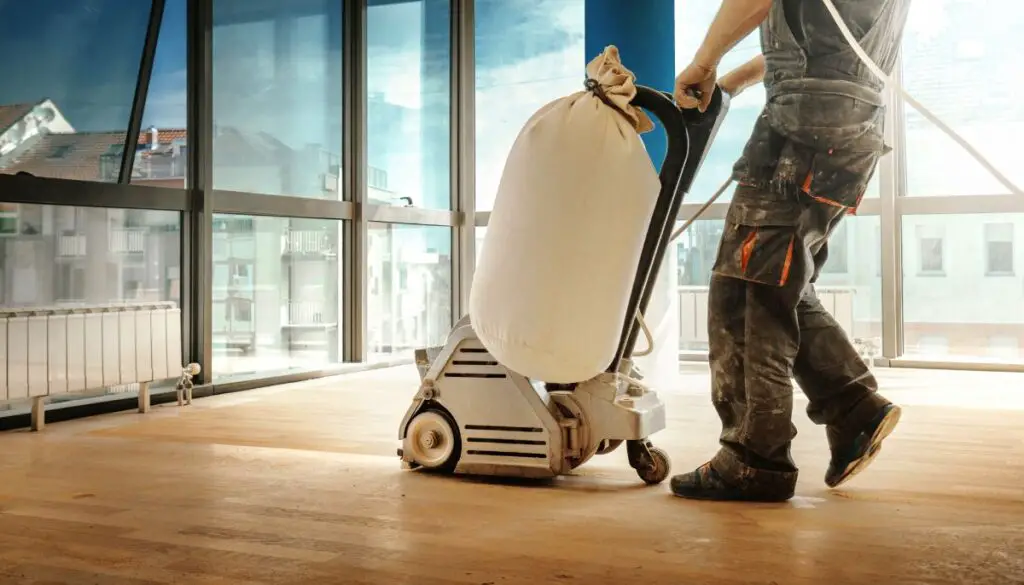
While hiring a professional may involve a higher cost than DIY, it guarantees a superior result that enhances the overall feel of your home while saving you time in the long run.
Conclusion
Consider if your hardwood floor is in good condition as well as the desired outcome when choosing between resurfacing and refinishing. Factors like budget, time constraints, and the longevity of results play a significant role in decision-making.
The type of wood and proper maintenance also influence the choice between resurfacing or refinishing. Whether you’re considering DIY or hiring a professional, understanding these factors discussed will guide you towards making the best decision for your home.

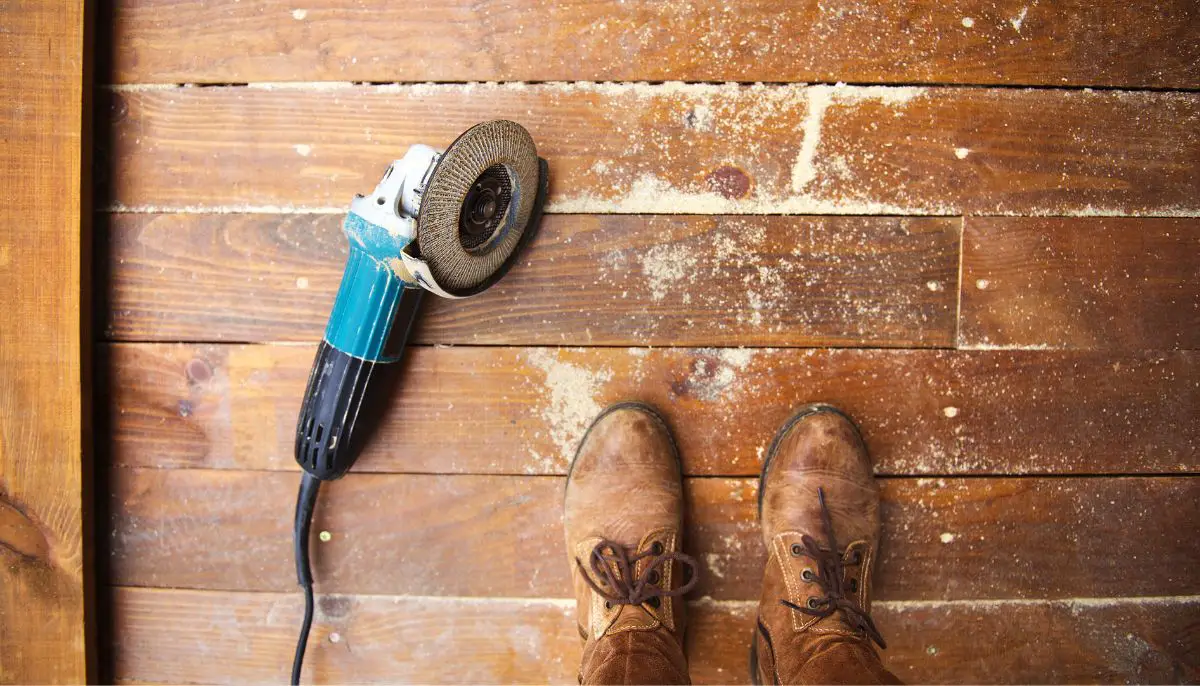

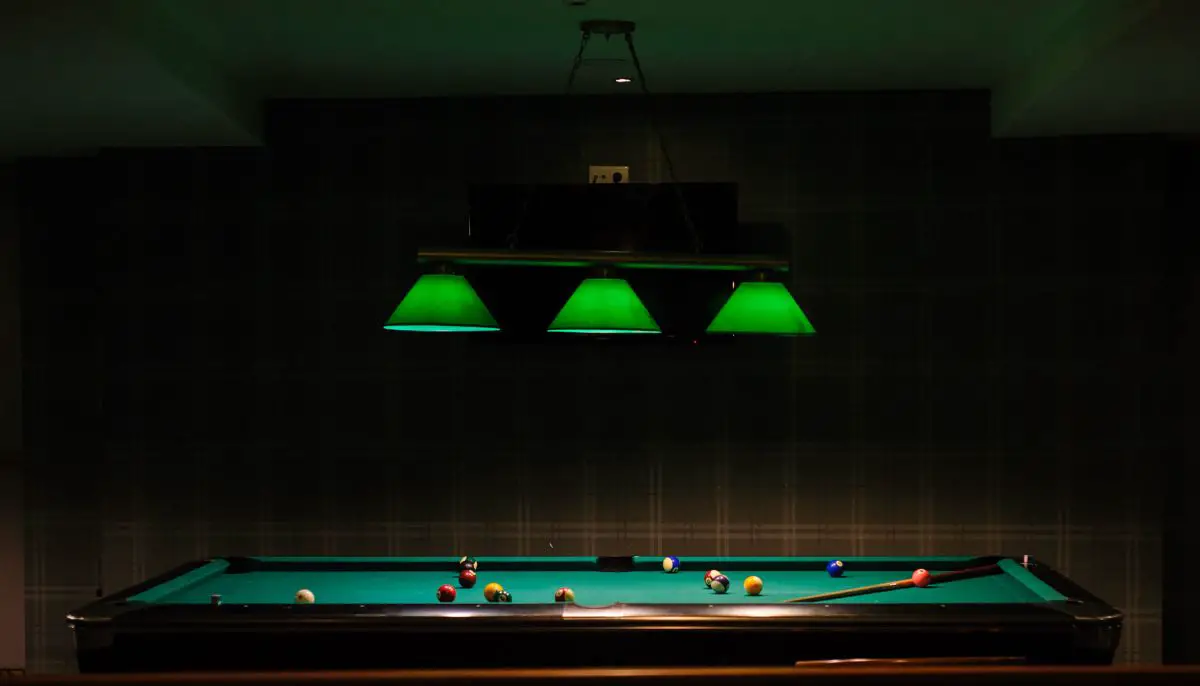
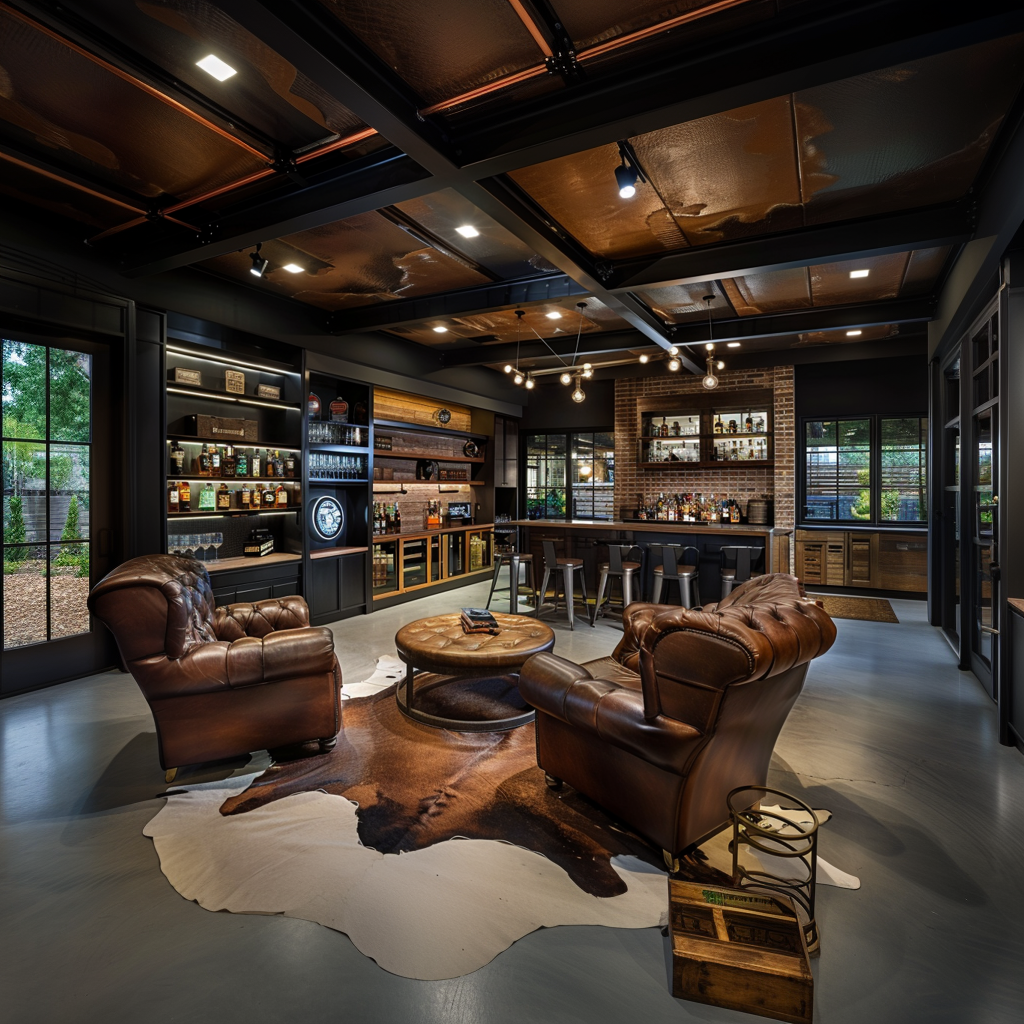


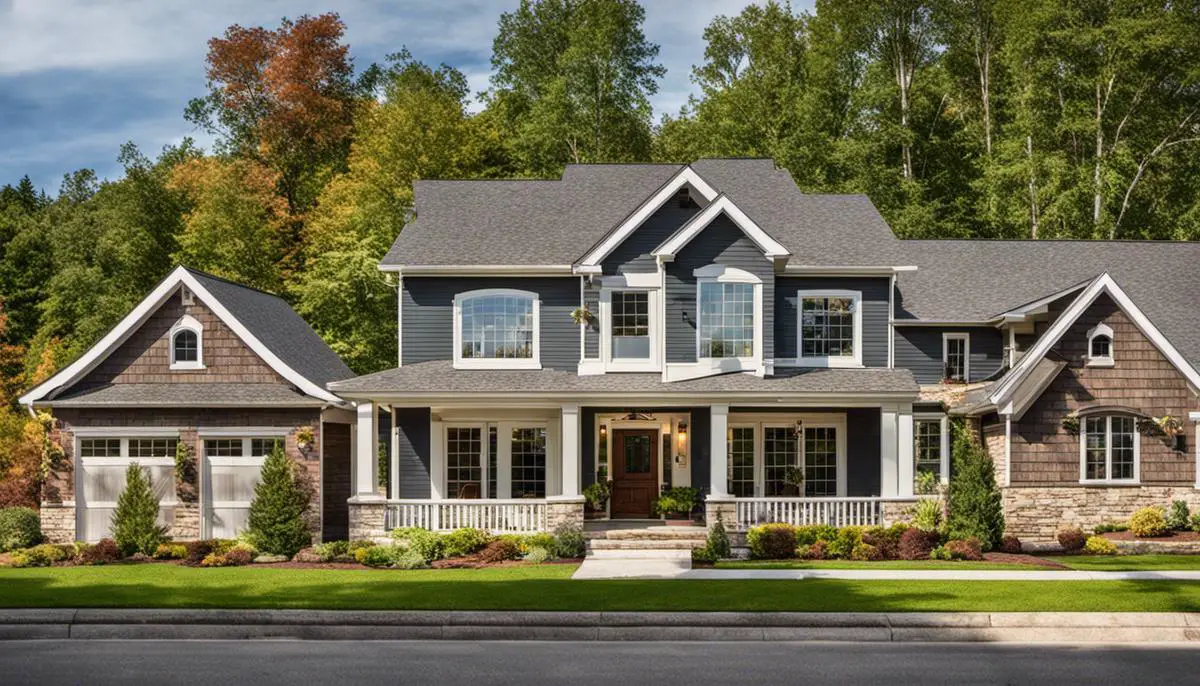

Leave a Reply